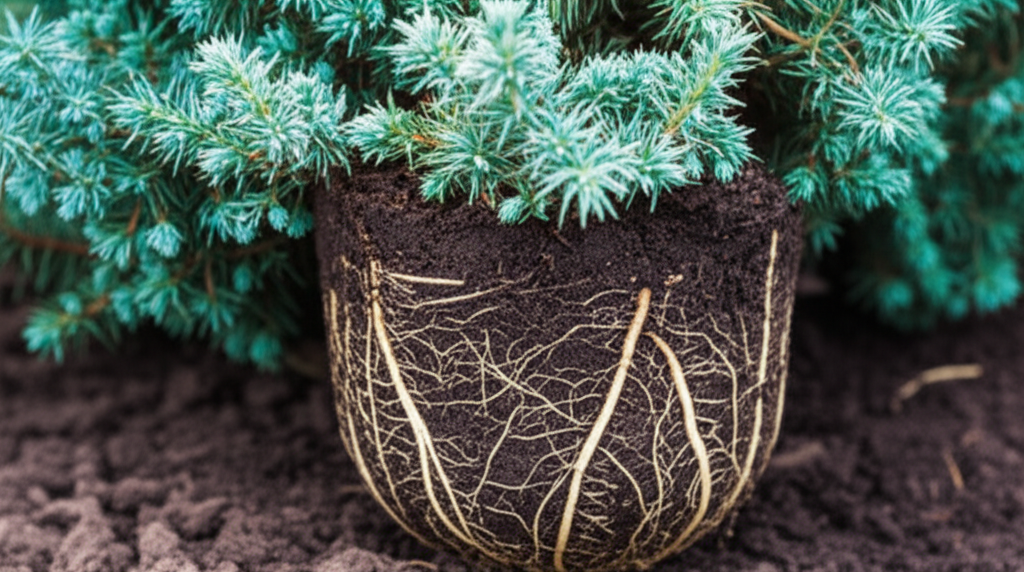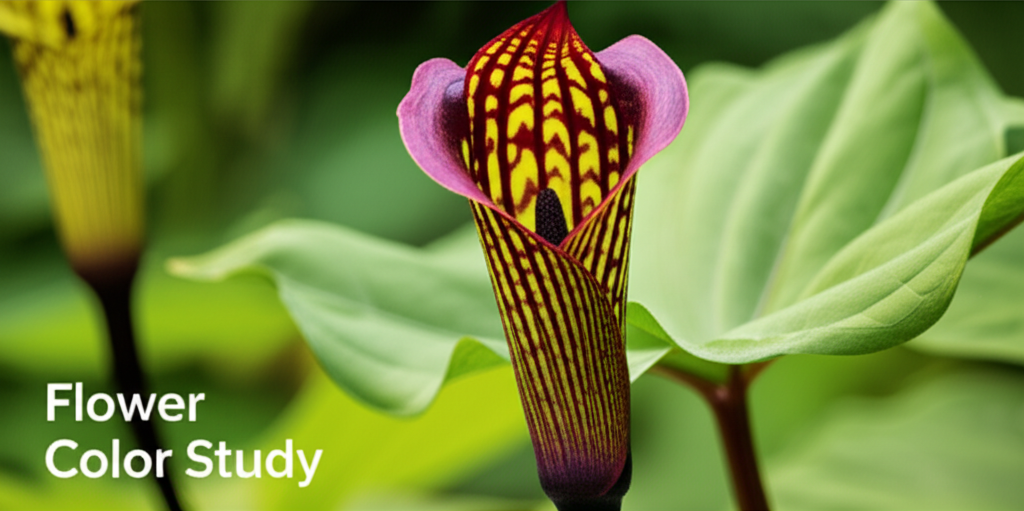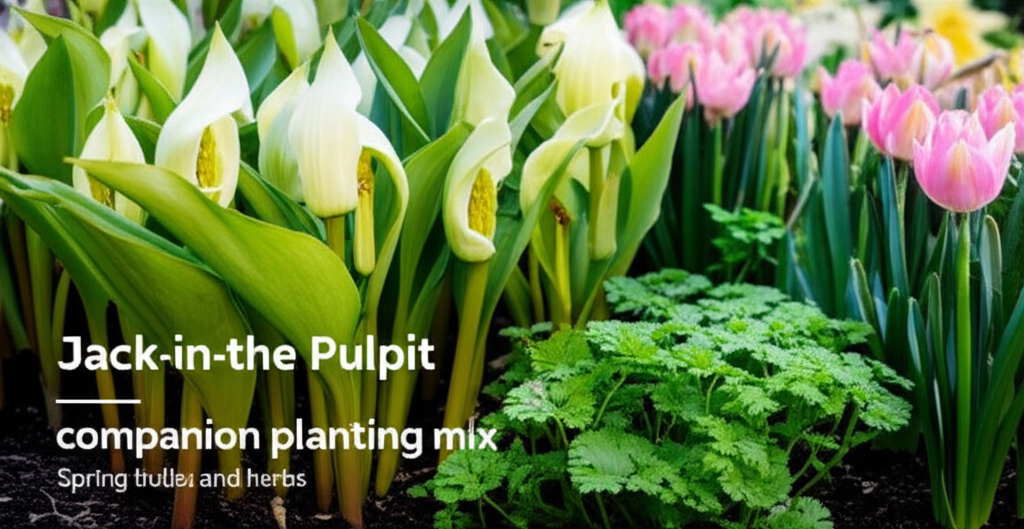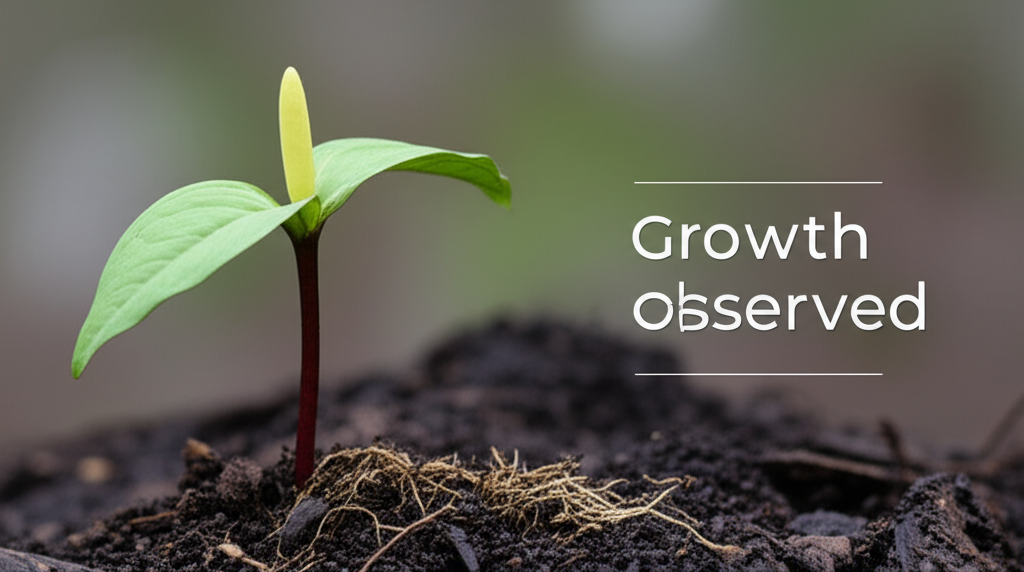Blue Star Juniper Root Rot Prevention: Effortless Strategies for Healthy, Thriving Plants

Ever noticed your once vibrant Blue Star Juniper looking a little… sad? Drooping foliage, yellowing needles, or a general lack of vigor can be distressing for any gardener. Often, the culprit lurking beneath the surface is a silent, insidious enemy: root rot. But can you truly prevent this common yet devastating issue from affecting your beloved Blue Star Junipers? Absolutely!
Understanding and implementing effective Blue Star Juniper root rot prevention is paramount for the long-term health and aesthetic appeal of these hardy, star-shaped evergreens. Root rot not only stunts growth and weakens your plants, making them susceptible to other diseases and pests, but it can also lead to complete plant loss if left unchecked. By learning to identify the causes and adopting simple, proactive strategies, you can safeguard your Blue Star Junipers and ensure they remain a striking feature in your landscape for years to come.
Quick Answer Box
Yes, Blue Star Juniper root rot prevention is entirely achievable through careful management of watering, soil drainage, and planting practices. The key lies in providing an environment that discourages the fungal pathogens responsible for root rot, ensuring excess moisture can escape and roots have access to oxygen.
What is Blue Star Juniper Root Rot and Why It’s Important in Gardening
Blue Star Juniper root rot refers to a plant disease caused by various soil-borne fungi, most commonly Phytophthora and Pythium species, that attack the root system of Blue Star Junipers (Juniperus squamata ‘Blue Star’). These fungi thrive in consistently waterlogged or poorly drained soil conditions. When these pathogens infect the roots, they damage or destroy the root tissues, impairing the plant’s ability to absorb water and nutrients. This leads to a cascade of symptoms above ground, including wilting, yellowing, browning, and eventual death of the plant.
The importance of understanding and preventing root rot in Blue Star Junipers, and indeed all garden plants, cannot be overstated. Healthy roots are the foundation of a robust plant. They anchor the plant, absorb essential water and nutrients, and store food reserves. When the root system is compromised by rot, the entire plant suffers. For Blue Star Junipers, which are prized for their distinctive blue-green, star-shaped foliage and their low-maintenance nature when planted correctly, root rot is a particularly frustrating adversary because it negates their inherent hardiness. Effective prevention ensures that these plants can fulfill their landscape potential, providing year-round color and texture without succumbing to preventable diseases.
Quick Recommendations or Key Insights about Blue Star Juniper Root Rot Prevention
Drainage is King: Blue Star Junipers demand well-draining soil. Avoid planting them in heavy clay or areas that retain standing water.
Water Wisely: Overwatering is the most common cause of root rot. Water deeply but infrequently, allowing the soil to dry out slightly between waterings.
Right Plant, Right Place: Select a planting location that naturally offers good drainage and receives adequate sunlight.
Mulch Matters (but not too much): Apply a layer of mulch to retain soil moisture and regulate temperature, but keep it away from the plant’s crown to prevent moisture buildup.
Air Circulation: Ensure good airflow around your junipers; overcrowding can exacerbate moisture issues.
Monitor Your Soil: Get to know your soil’s moisture levels. A simple soil moisture meter can be an invaluable tool.
Detailed Breakdown of Blue Star Juniper Root Rot Prevention
Preventing root rot in Blue Star Junipers is a multi-faceted approach that combines understanding the plant’s needs with smart gardening practices. Let’s delve into the specifics.
The Science Behind Root Rot: Fungal Pathogens and Environmental Triggers
Root rot in Blue Star Junipers is primarily caused by oomycetes (water molds) and fungi that are ubiquitous in the soil. While these organisms can exist harmlessly in small numbers, they become problematic when environmental conditions favor their growth and infection.
Oomycetes (Phytophthora, Pythium): These are not true fungi but fungus-like microorganisms that thrive in wet, oxygen-deficient environments. They produce motile spores (zoospores) that can swim through water in the soil to infect healthy roots. Once inside the root, they rapidly colonize and destroy vascular tissues, preventing water and nutrient uptake.
Fungi (Fusarium, Rhizoctonia): Certain true fungi can also cause root rot, often entering through wounds in the root system or when plants are stressed. Like oomycetes, they flourish in overly wet and poorly aerated soils.
The critical environmental trigger for both is excess moisture. When soil remains saturated for extended periods, it limits the oxygen available to the plant’s roots. This anaerobic (oxygen-deficient) condition stresses the roots, making them more vulnerable to attack by these opportunistic pathogens. Furthermore, prolonged wetness directly promotes the proliferation and spread of the disease-causing organisms.
Practical Applications in the Garden: Creating an Uninviting Environment
The goal of Blue Star Juniper root rot prevention is to create a garden environment that is actively inhospitable to root rot pathogens.
1. Site Selection and Soil Preparation: The Foundation of Prevention
Drainage Assessment: Before planting, thoroughly assess your chosen location’s drainage. Dig a hole about 12 inches deep and 12 inches wide. Fill it with water. If the water drains away completely within a few hours, the drainage is generally good. If it stands for longer, you’ll need to amend the soil or choose a different spot.
Amending Heavy Soils: If your soil is heavy clay, incorporating organic matter like compost, well-rotted manure, or peat moss can improve its structure and drainage. However, for junipers, it’s often better to amend the planting hole generously or create a raised bed rather than trying to amend a large area of poor soil.
Raised Beds and Mounds: For areas with particularly poor drainage, planting Blue Star Junipers in raised beds or on slightly mounded soil is an excellent strategy. This elevates the root ball above the surrounding saturated soil, ensuring better aeration and drainage.
Avoid Low-Lying Areas: Never plant junipers in depressions or areas where water naturally collects after rain or irrigation.
2. Watering Practices: The Art of Moderation
Deep, Infrequent Watering: Blue Star Junipers are drought-tolerant once established. The most common mistake is overwatering. Water deeply to encourage root growth downwards, but allow the soil to dry out considerably between waterings. Stick your finger about 2-3 inches into the soil; if it feels moist, wait.
Watering Time: Water early in the morning. This allows any excess moisture on the foliage to dry off during the day, reducing the risk of fungal diseases on the leaves and stems, which can sometimes be associated with overall plant stress that also affects root health.
Irrigation Systems: If using drip irrigation or soaker hoses, ensure they are not constantly saturating the soil around the base of the plant. Adjust timers based on weather conditions and soil moisture.
3. Mulching: A Double-Edged Sword
Benefits: A 2-3 inch layer of organic mulch (like bark chips, shredded wood, or pine needles) around the base of your Blue Star Juniper helps conserve soil moisture, suppress weeds, and regulate soil temperature.
Crucial Caveat: The Crown: Crucially, keep mulch pulled back at least 2-3 inches from the trunk or crown of the plant. This is where the stem meets the soil. If mulch is piled against the crown, it traps moisture and heat, creating a perfect breeding ground for root rot pathogens and potentially causing crown rot as well.
4. Plant Spacing and Airflow:
Adequate Spacing: When planting multiple Blue Star Junipers or placing them near other plants, ensure they have enough space to grow to their mature size. Overcrowding restricts airflow, which can keep the soil surface and the base of the plants wetter for longer, increasing the risk of fungal issues.
Pruning for Airflow: While Blue Star Junipers are generally low-maintenance, strategic pruning to open up the canopy can improve air circulation, especially in humid climates.
Common Mistakes to Avoid
Overwatering Young Plants: While young plants need consistent moisture to establish, it’s easy to fall into the trap of keeping the soil too wet, especially if they are in containers.
Planting Too Deeply: Planting a juniper with its crown below the surrounding soil level is a recipe for disaster, trapping moisture against the stem. The top of the root ball should be level with or slightly above the surrounding soil.
Ignoring Soil Type: Assuming any soil is fine for a juniper is a mistake. Their need for excellent drainage is non-negotiable.
Compacted Soil: Planting in heavily compacted soil, especially clay, without amendment will severely hinder drainage.
Watering the Foliage: While infrequent overhead watering might be necessary in very dry conditions, consistently wetting the foliage, especially in the evening, can encourage other fungal issues that stress the plant. Focus on the root zone.
Over-Mulching the Crown: This is a very common and detrimental mistake. Always keep mulch away from the immediate trunk area.
Expert Tips or Pro Insights
The “Dry-Down” Method: Experienced gardeners often advocate for a “dry-down” period between waterings, especially for junipers. This means letting the soil become quite dry before watering again. This practice naturally discourages the pathogens that require constant moisture and encourages deeper root growth in search of water.
Using Grit or Gravel for Drainage: While adding gravel to the bottom of a planting hole is a common myth for improving drainage, it can actually create a “perched water table” where water collects at the interface between the soil and the gravel. Instead, focus on amending the soil itself with coarse sand or perlite to improve aeration and drainage throughout the root zone.
Container Growing: If you must plant in a container, ensure it has ample drainage holes. Use a well-draining potting mix specifically designed for cacti, succulents, or conifers. Never let the pot sit in a saucer of water.
Root Inspection (if transplanting): When transplanting or repotting, take a moment to inspect the roots. Healthy juniper roots are firm and white or light tan. Dark, mushy, or foul-smelling roots are a clear sign of rot. If you find minor rot, you can try to trim away affected roots with sterile tools and repot in fresh, well-draining soil, but severe rot is often fatal.
Companion Planting (with caution): While not directly preventing root rot, companion planting with species that also prefer well-drained, drier conditions can contribute to a healthier overall garden ecosystem. Avoid plants that require consistently moist soil near your junipers.
Seasonal or Climate Considerations
Spring: As the weather warms, plants begin to grow actively. Ensure your watering schedule is adjusted to the increasing temperatures and potential for drying.
Summer: This is a critical time for preventing overwatering. Heat can be deceptive; even on hot days, if the soil is still moist from previous watering, resist the urge to water again. Drought stress can also weaken plants, making them more susceptible to opportunistic pathogens if they do experience periods of waterlogging.
Fall: As temperatures cool, plant growth slows. Reduce watering frequency accordingly. Fall rains can be significant, so monitor soil moisture to prevent prolonged saturation.
Winter: Blue Star Junipers are dormant or semi-dormant in winter. They require very little water. Overwatering in winter is particularly dangerous as the roots are less active and cannot utilize the water, leading to prolonged saturation and increased rot risk. Ensure good drainage before winter sets in.
* Climate Zones: In humid, rainy climates (e.g., Pacific Northwest, Southeast), the risk of root rot is higher. More attention to drainage, site selection, and reduced watering frequency is crucial. In drier, arid climates, the risk is lower, but still present if overwatering occurs, especially in containers or poorly draining garden beds.
FAQ Section for Blue Star Juniper Root Rot Prevention
Q1: My Blue Star Juniper’s needles are turning brown. Is it root rot?
A: Browning needles can be a symptom of root rot, but also of drought stress, overwatering, fungal diseases on the foliage, or nutrient deficiencies. The key indicator for root rot is often wilting or drooping foliage, even when the soil is moist, suggesting the roots can’t absorb water. Check the soil moisture and the condition of the roots if possible.
Q2: Can I save a Blue Star Juniper that already has root rot?
A: It depends on the severity. If only a small portion of the roots is affected and the plant is still somewhat vigorous, you might be able to save it by repotting in fresh, well-draining soil, trimming away rotten roots, and adjusting watering practices. However, severe root rot is often fatal, and prevention is always the best strategy.
Q3: Is compost good for preventing root rot in Blue Star Junipers?
A: Yes, compost is excellent for improving soil structure and drainage, which are key to root rot prevention. However, it should be incorporated into the soil, not piled around the base of the plant. Ensure the soil mix remains well-aerated.
Q4: How often should I water my Blue Star Juniper?
A: There’s no set schedule. Water deeply when the top 2-3 inches of soil feel dry to the touch. This might be once a week in hot, dry weather or once every few weeks in cooler, wetter periods. Always err on the side of underwatering for junipers.
Q5: My Blue Star Juniper is in a pot. How do I prevent root rot?
A: Use a pot with excellent drainage holes. Plant in a fast-draining potting mix formulated for conifers or succulents. Water only when the top 2-3 inches of soil are dry, and never let the pot sit in standing water.
Conclusion for Blue Star Juniper Root Rot Prevention
Successfully preventing root rot in your Blue Star Junipers boils down to a deep understanding of their needs and a commitment to proactive care. By prioritizing impeccable soil drainage, adopting a judicious watering regimen, and being mindful of the environment you create around your plants – especially avoiding the common pitfall of overwatering and improper mulching – you can effectively shield these resilient evergreens from this destructive disease. Implementing these Blue Star Juniper root rot prevention strategies will not only ensure the health and longevity of your plants but will also allow their unique beauty to truly shine in your garden, providing a source of joy and aesthetic pleasure for years to come. Your efforts in prevention will be richly rewarded with vibrant, thriving Blue Star Junipers.


